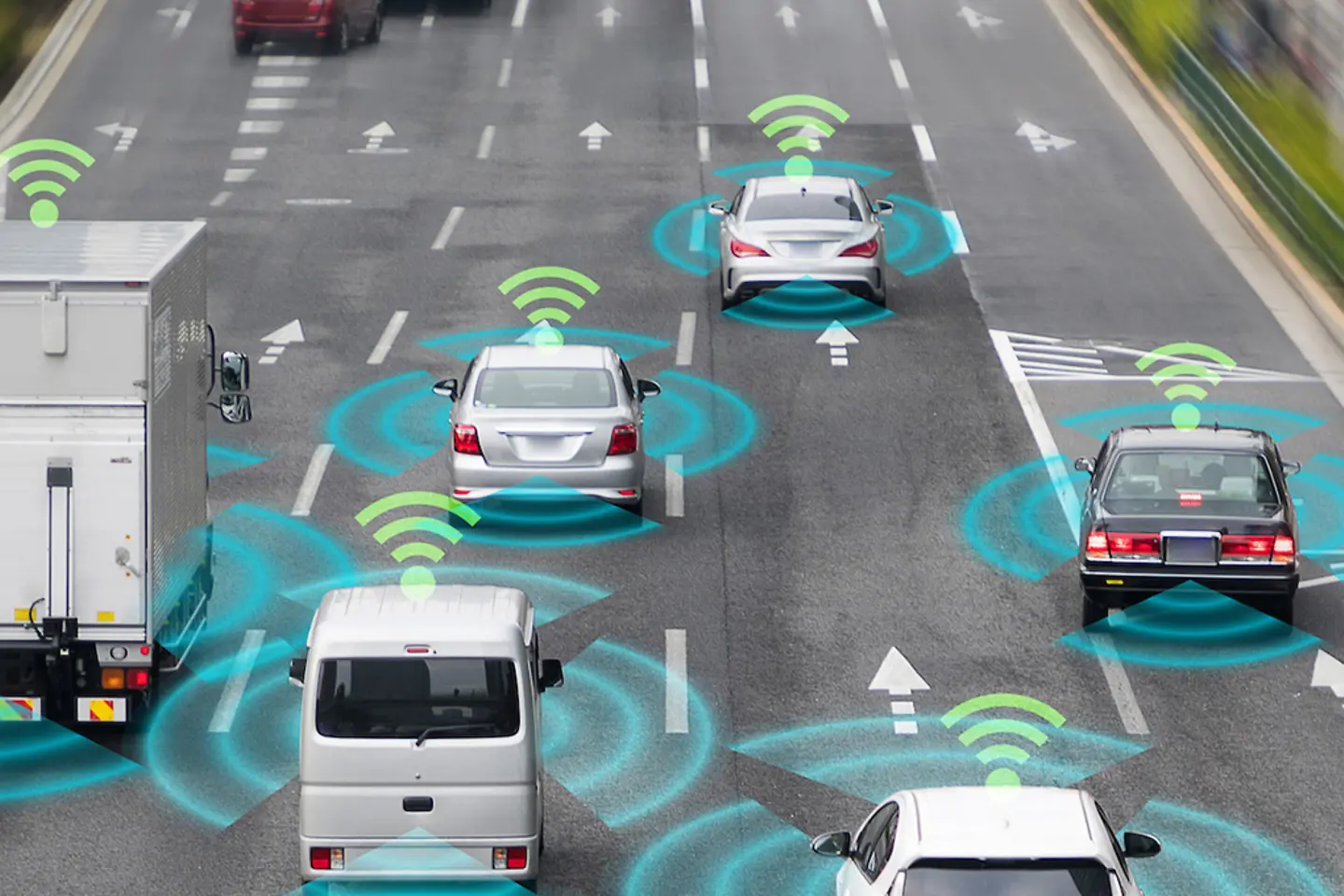
Digitalisation is a double-edged sword for the automotive industry. The benefits derived from the ongoing digital transformation of today’s automobiles are undeniable: greater connectivity, improved safety features, increased efficiency, even autonomous driving. However, today’s “connected cars” also come with new cyber security risks that need to be addressed.
Beyond managing fuel, coolant and engine oil, today’s connected cars must also control and analyse streams of data in real time. This is done through advanced telematics systems that collect critical data about the vehicle’s usage and the driver’s behaviour.
Carmakers prize this data for its use in nascent areas like customised insurance and self-driving vehicle technology. Hackers, on the other hand, value automotive data for the sensitive information it can reveal about users, including location information and credit card data in connected apps. This value makes automotive data a tempting target for cyber attacks.
Remote attacks on connected cars have been a major concern for many years, but the trend is only accelerating as “vehicle-to-everything” (V2E) systems drastically increase cars’ connectivity to the Internet and to other vehicles and infrastructure. A 2021 report from Upstream Security found that remote attacks, including web-based and nearby wireless attacks, were responsible for 85% of all automotive cyber incidents.
With the rise of cyber threats in the automotive industry, it’s evident that cyber security should be a top priority for carmakers, their suppliers, and customers. Carmakers need to do more to protect their vehicles from cyber attacks, and consumers need to be aware of the risks.
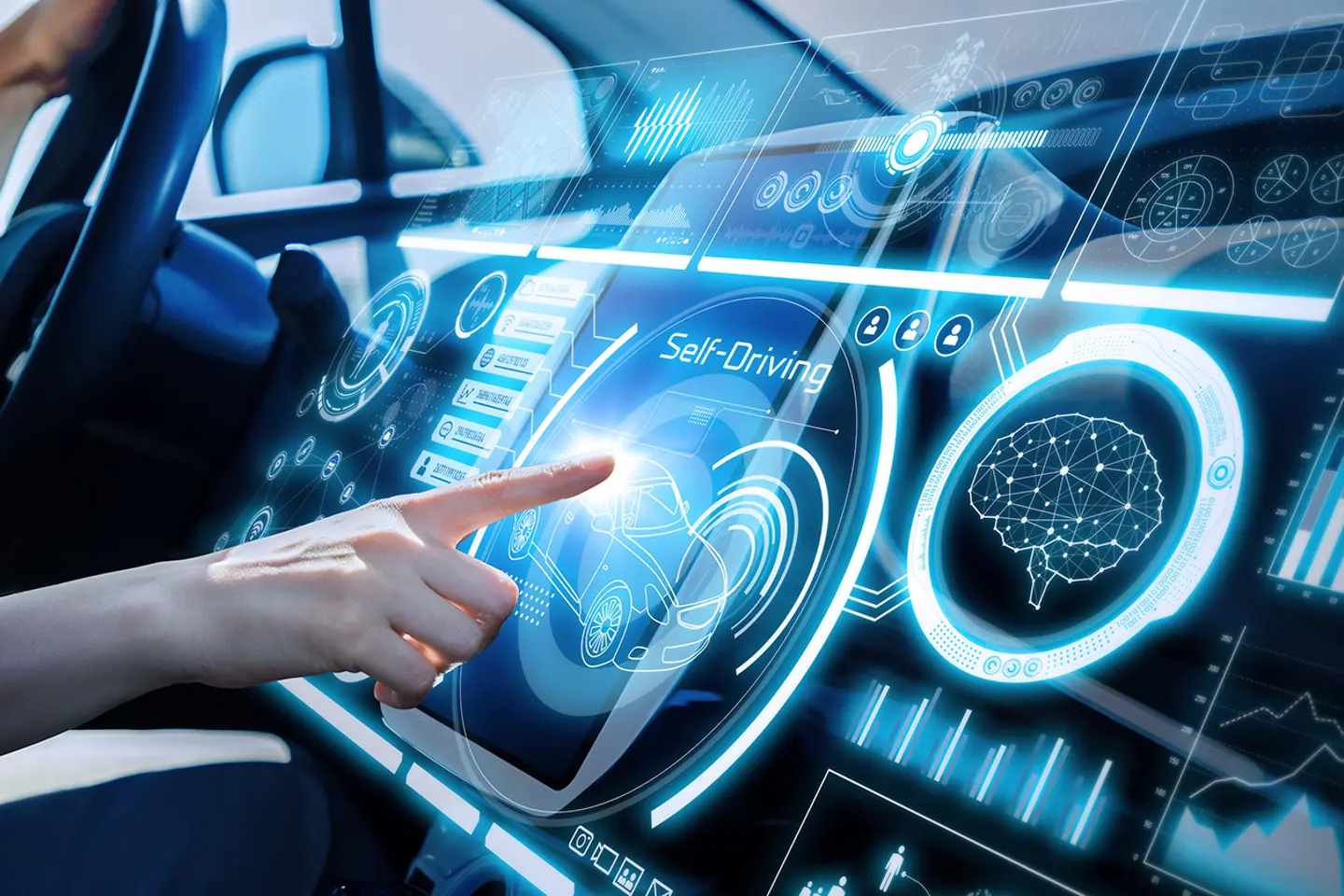
The modern car is a complex machine, with more than 100 electronic control units (ECUs) managing everything from the engine to the infotainment system. This increased complexity has made cars more reliable and efficient than ever before. However, it has also created new openings for cyber attacks to disrupt the driving experience.
From keyless entry to autonomous driving, the features that make our lives easier are also the ones that make us vulnerable to attack. Each ECU embeds its own software package, totalling hundreds of millions of lines of code per connected car. This means that with every new feature rolled out, the complexity of the system increases, and the attack surface grows exponentially.
Recently, security researchers discovered a new Bluetooth-based relay attack that can remotely unlock and operate Tesla vehicles. The relay attack exploits the Bluetooth Low Energy (BLE) technology that connects the key fob to the car; a mobile phone placed 25 metres away was able to send a signal through two relaying devices, fooling the Tesla’s proximity authentication mechanisms and unlocking the car door.
The growing appeal of electric vehicles (EVs) has also increased automobile owners’ exposure to potential security breaches. The Asia-Pacific market for EVs is expected to be worth US$1,927 billion by 2028, a growth trajectory driven by government incentives and the falling cost of batteries.
However, elements of EV infrastructure are susceptible to attack. For example, Schneider Electric recently announced that they’d patched security vulnerabilities in their EVlink range of electric vehicle charging stations that left them exposed to denial-of-service (DoS) attacks.
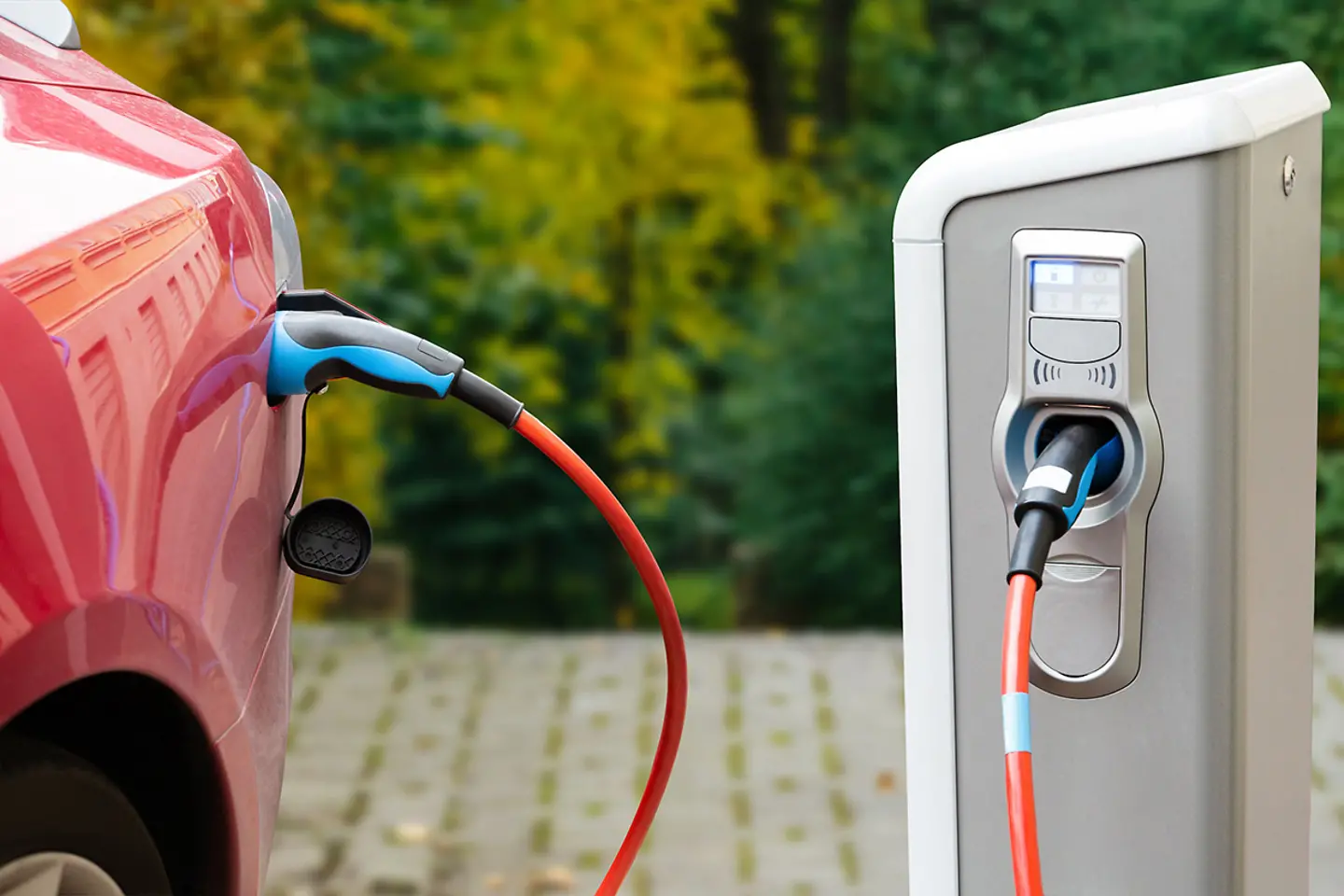
Hackers could also target the cars themselves, locking users out of their user profiles or taking control of the charging process. In the worst case, they can actually interfere with the cameras and other safety systems of self-driving cars, posing a mortal threat to drivers and passengers.
However, experts believe that data remains the biggest target for automotive cyber attacks.
Driving data will deliver an annual incremental value of US$400 billion by 2030; carmakers are already figuring out how to unlock that value for their shareholders. Japanese carmaker Honda has already begun offering subscription-based access to driving data from 3.7 million EVs to commercial facilities and other clients.
This billion-dollar trove represents a tempting target for hackers, who can easily conduct supply chain attacks on the hundreds of suppliers delivering materials and components for a single connected car. One such supply chain attack on Toyota disrupted their supply management system, forcing the automaker to shut down production on all its Japan-based facilities earlier this year.
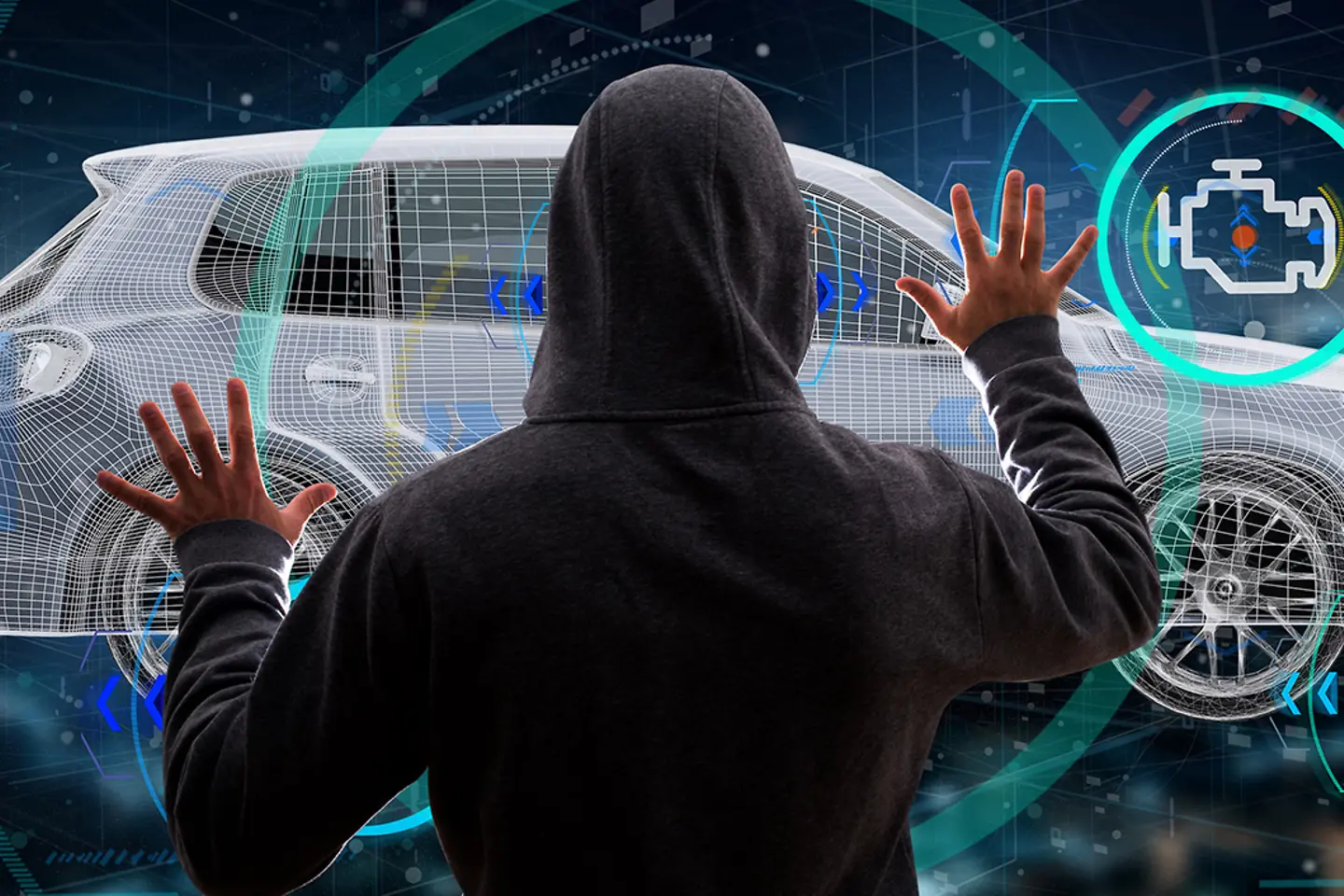
In order to protect themselves from cyber attacks, carmakers need to do more to secure their vehicles, along with the rest of the supply chain.
Enhancing collaboration and information-sharing with partners can help enhance threat awareness and response. Partners like third-party suppliers bear a heavy responsibility for the security of car components. Bringing all partners under a single cyber security strategy can be challenging, particularly with thousands of suppliers and millions of components to account for.
Individual automotive manufacturers and original equipment manufacturers (OEMs) can follow in the footsteps of other industries, and join cyber security alliances that share threat intelligence and vulnerabilities between members. Alliances provide participating companies with evolving threat intelligence and sets the stage for a faster response to new cyber threats.
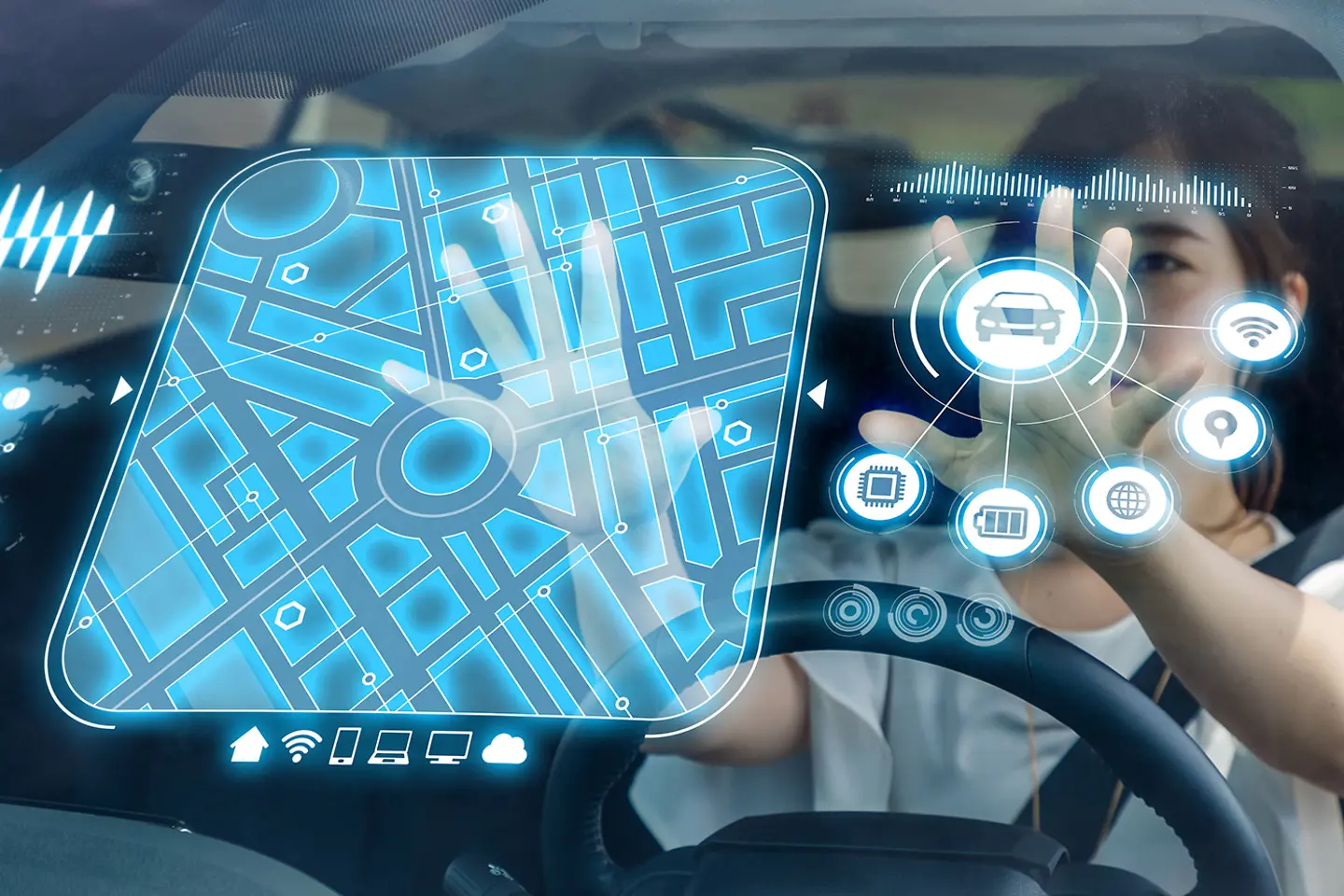
Carmakers also need to be more proactive in addressing cyber security risks. With connected cars attracting new and constantly-evolving threats, carmakers must continuously monitor, detect, and analyse the threat landscape.
In practice, this calls for conducting regular audits of suppliers and addressing any vulnerabilities that are found; enforcing protective measures; and developing contingency plans in case of a cyber attack. Whether this means having a backup supplier or switching to manual processes, carmakers need to be prepared.
Carmakers can also utilise the services of an automotive security operations centre (SOC) to secure their connected cars. SOCs are a mainstay of cyber security; partners like T-Systems can build a SOC that covers automotive cyber security, a “single pane of glass” that ensures a quicker response to incidents and protects entire vehicle fleets from attacks.
A security information and event management system (SIEM) at the core of the SOC can analyse incoming anonymised and pseudonymised data from individual members of the vehicle fleet; anomalies are automatically reported to a highly-specialised automotive SOC team, whose collective expertise in security and automotive IT can help them identify and minimise existing risks, fend off attacks, and undertake follow-up investigations.
The SOC team relies on more than just vehicle data: they set up “honeypots” to attract attackers, analyse the attackers’ behaviour, and design strategies and countermeasures based on what they’ve found.
In addition, they are also in constant communication with other IT security experts and IT automotive experts. All these measures help the automotive SOC reduce the risk of cyber criminals being able to place malware, tap into data, take over vehicle components, individual vehicles or even a fleet of vehicles without being noticed.
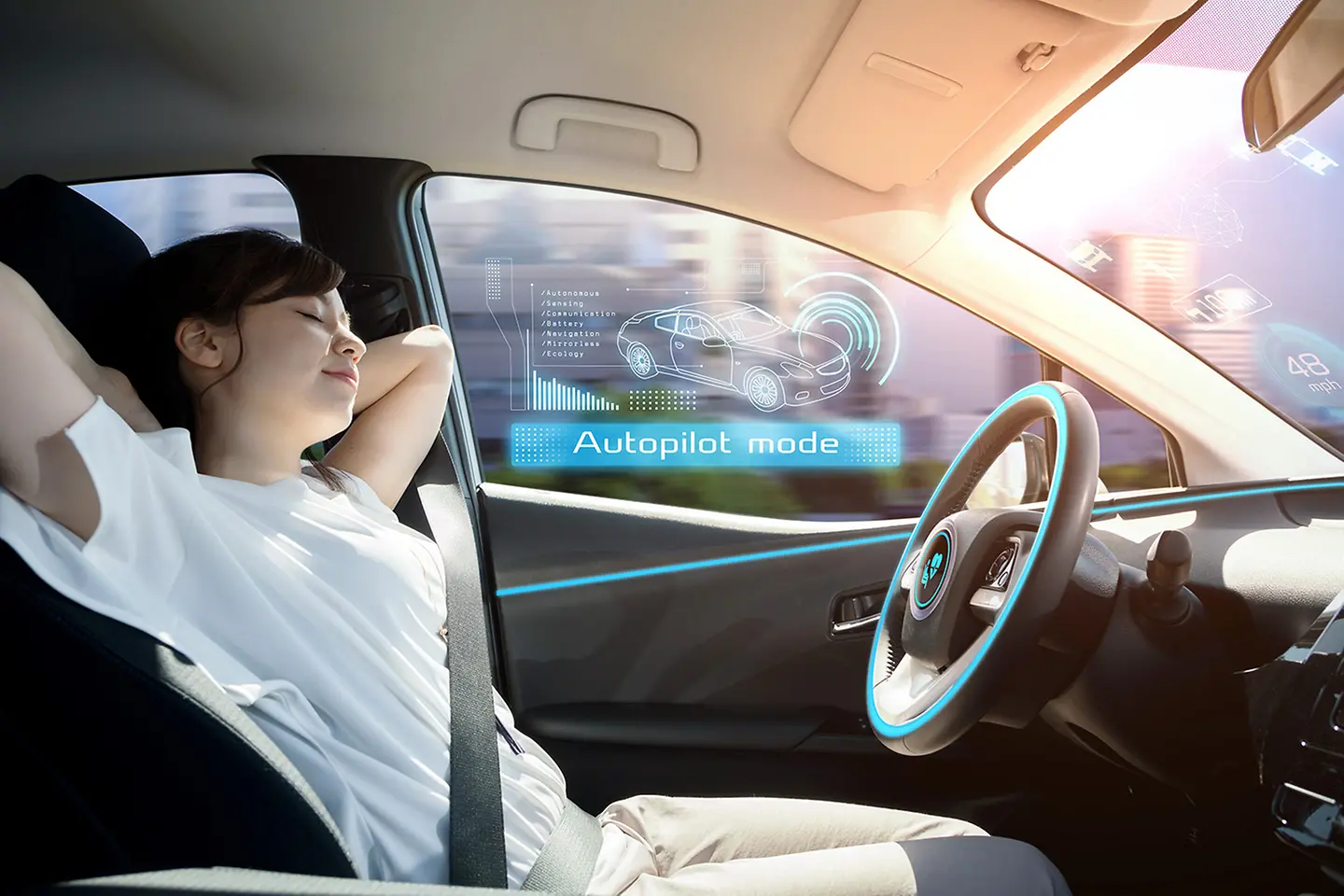
The automotive industry is on the cusp of a major transformation. A new era of mobility has begun with the rise of electric vehicles, autonomous driving, and connected cars. This transformation is being driven by the same forces that are reshaping other industries: digitalisation and globalisation.
To take full advantage of these opportunities, carmakers, and OEM manufacturers have to deal with the dark side of increased interconnectedness: threats to their cyber security. Leaders in the automotive industry are all too aware of the importance of cyber security, but they also know that it is a complex and ever-evolving problem that calls for a trusted partner to join them on the journey.
Want to learn more about protecting your connected cars from evolving cyber threats? Speak with T-Systems’ team of experts today, and find out how their deep understanding of the automotive industry can help mitigate cyber security risks to any automotive product. From connected cars to autonomous driving, T-Systems can help carmakers secure their place in Industry 4.0.